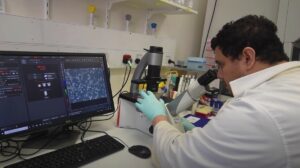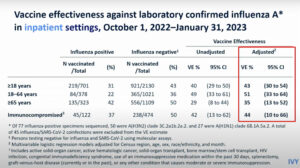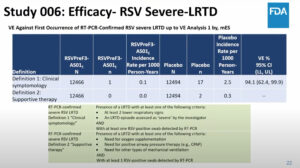NEW YORK (Reuters Health) – Active tuberculosis is more readily found with commercially available interferon-gamma release assays than with tuberculin skin tests, according to a meta-analysis.
Furthermore, when the assays – QuantiFERON-TB Gold and T-Spot.TB – are used, indeterminate results are uncommon.
According to the report in the December 18th online issue of Chest, the tuberculin skin test had a pooled sensitivity of 69.9% in detecting confirmed cases of active tuberculosis. By contrast, QuantiFERON-TB Gold and T-Spot.TB had sensitivities of 81% and 87.5%, respectively.
In searching MEDLINE, EMBASE, and COCHRANE databases, lead author Dr. Roland Diel, from Medical School Hannover, Germany, and colleagues had identified 25, 19, and 17 studies to use in determining the sensitivity of the tuberculin skin test, QuantiFERON-TB Gold, and T-Spot.TB, respectively.
Although performance of the interferon assays has been studied before, no one has systematically evaluated rates of indeterminate results, the researchers note. With both QuantiFERON-TB Gold and T-Spot.TB, an indeterminate result occurs when a subject does not produce interferon in response to specific antigens or a test control.
“The absence of a mitogen response may suggest T-cell anergy, but may also be indicative of error in performance of the assay,” the authors note. “Indeterminate results may be meaningful, but may also reduce the value of a procedure if they occur too frequently.”
The rate of indeterminate results was low for both tests. In the overall analysis, QuantiFERON-TB Gold and T-Spot.TB had rates of 2.1% and 3.8%, respectively. In immunosuppressed patients, the rates climbed to 4.4% and 6.1%, respectively.
The authors found that the sensitivity of the tests increased when the analysis was restricted to developed countries. For instance, with QuantiFERON-TB Gold, the sensitivity rose from 81% to 84.5%.
Only a few published studies examined test specificity. Nonetheless, QuantiFERON-TB Gold was found to have a significantly higher specificity than T-Spot.TB: 99.2% vs. 86.3% (p < 0.0001).
“Considering sensitivity for diagnosing active tuberculosis as a surrogate parameter for latent tuberculosis infection, tuberculin skin test-based two-step screening strategies (tuberculin skin test first, interferon-gamma release assays second) for contact tracing should be critically reconsidered due to the poor tuberculin skin test accuracy among tuberculosis patients,” the authors conclude.
Reference:
Chest 2009.




